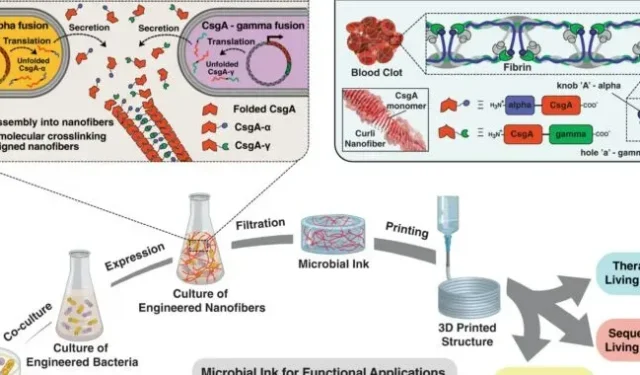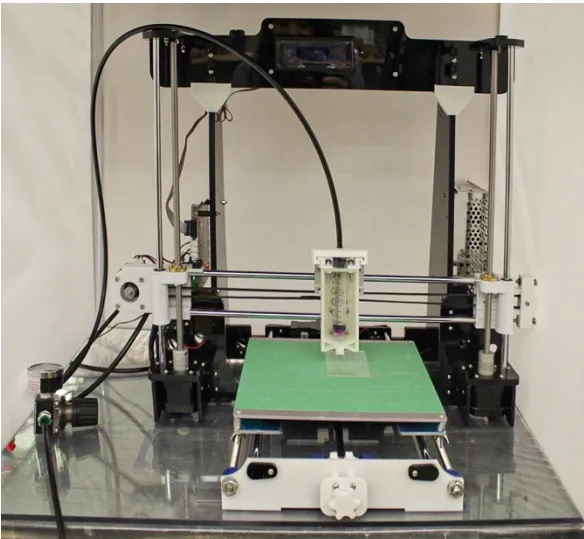3D printer ink is alive

3D printing is already being used in many interesting applications, from large-scale housing construction to robot arms that are great in Super Mario Bros., and even creepy materials that can transform into a human face. But researchers Anna M. Duraj-Tatta and Avinash Manjula-Basavanna have something more alive in mind. A new type of 3D printer ink with self-assembly properties could play a role in the future of renewable building materials and even self-growth inks.
Researchers at Harvard University and Harvard Medical School, among others, reported their findings in a paper published Tuesday in Nature Communications. The paper features an ink made from Escherichia coli (E. coli) cells bioengineered to produce nanofibers, Phys.org reported on Saturday.
The paper explains that despite advances in 3D printing, creating freeform shapes and patterns is still a challenge. Therefore, the researchers set out to create what they call “microbial ink”composed entirely of genetically engineered microbial cells programmed to perform bottom-up hierarchical self-assembly of protein monomers into nanofibers and then into networks of nanofibers that contain extrudable hydrogels.”
According to the researchers, the ink can “isolate toxic parts, release biological substances, and regulate the growth of its own cells”through chemical induction of genetic circuits.
It’s alive…
After the researchers genetically engineered E. coli to create living nanofibers, they mixed the result with additional ingredients so the ink could be used in a custom 3D printer.

The researchers also used 3D printer ink to remove nearby BPA and regulate the ink’s own growth, suggesting that the ink could potentially produce more ink (imagine never running out of ink again).
Possible uses
The researchers said the living ink could be used for biomedical and biotechnological purposes. The paper proposes using ink to create buildings in space or other “extraterrestrial habitats”, pointing to research on the use of living cells in structural building materials and self-generating building materials on Earth, the Moon and Mars.
It will be a long time before we see space ink take off, as this is just a research effort with no discussion of mass production.
Leave a Reply